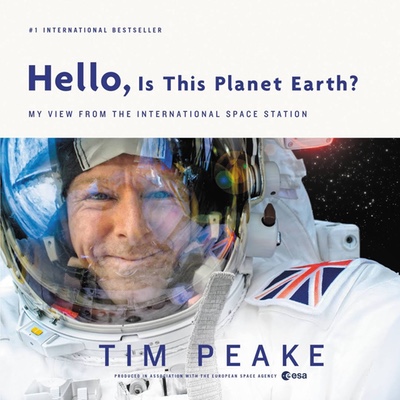Review: Hello, Is This Planet Earth?by Jeff Foust
|
| Peake writes that crews used a paperback version of a world atlas “as we struggled to identify some of the more obscure landmarks” they photographed. |
The book itself is relatively straightforward. The images he took during his time on the ISS are organized thematically: a chapter of images of the Earth taken at night, one of cities, one mountains and deserts, and so on. The images are presented with brief captions (sometimes little more than titles) along with the location of the image on the Earth and the date it was taken. That formula is repeated throughout the book.
The book does include an introduction where Peake talks about photography from the ISS. This is, in some respects, as interesting as the images themselves: he talks about the process by which he decided what images to take and when, the cameras he used, and how he identified exactly what he took pictures of (a relatively old-school process in the era of Google Earth and similar tools: he writes that crews used a paperback version of a world atlas “as we struggled to identify some of the more obscure landmarks.”)
The images themselves in Hello, Is This Planet Earth? are beautiful, but also familiar: not just because he tweeted the images while on the station, but also because they’re familiar scenes, not dissimilar to images taken by other astronauts who have flown on the ISS before and since. There’s little here to suggest that these images were taken by Peake than by any other astronaut, other than, understandably, a high concentration of images of the British Isles.
The book doesn’t talk too much about Peake’s time in space, including the wrong number he dialed shortly after arriving on the ISS, from which the book’s title is taken. (Peake has a second book, Ask an Astronaut, to be published this fall that will provide answers to the many questions he’s been asked since returning to Earth, which presumably will provide more details about his time on the station.) If you’ve had your fill of images of the Earth from the ISS, be in on the Internet or in books, there’s nothing in Hello, Is This Planet Earth? that demands you take a look. But if, perhaps, your interest in looking at our home planet from space is never sated, this book will satisfy you, but probably keep you hungering for more from the latest crews on the station.
